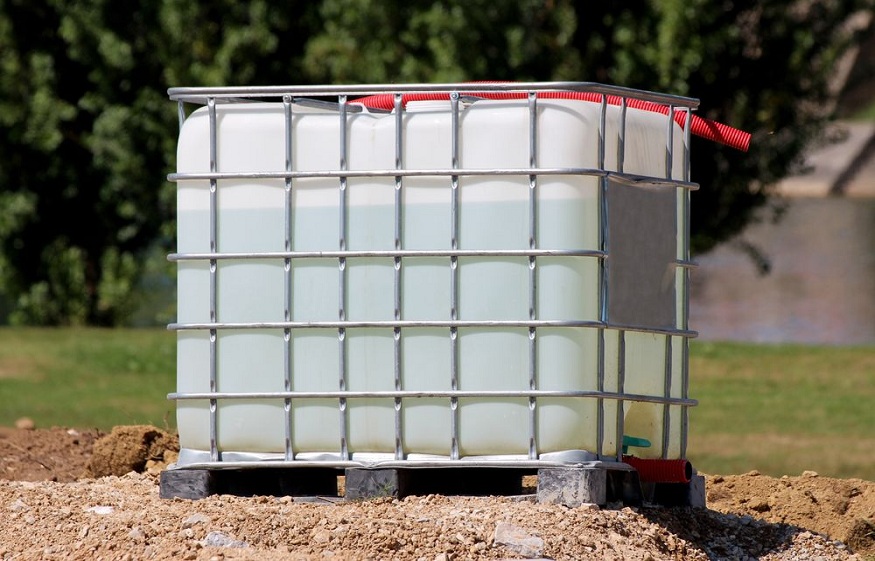Food-grade storage tanks can be made of either plastic or metal. When metal is the material of choice, manufacturers can choose between carbon or stainless steel. Is one material better than the other? Not necessarily. Both have their pros and cons.
Cedar Stone Industry is a Houston company that manufactures a variety of different steel tanks for numerous industries. The food-grade stainless steel tankb is one of their most popular items for food service and culinary applications. The company says that choosing between staleness and carbon steel requires understanding your needs and how each material meets them. Stainless steel will be the better material in some choices while other applications will call for carbon steel.
Stainless Steel and Chromium
Stainless steel is a metal alloy created by combining iron with chromium and several other elements. Chromium is the one element that truly make stainless steel what it is. Most of us can identify stainless steel at first glance due to its unique visuals.
Stainless steel is a popular choice for food service options. Throughout food service and culinary arts, the food-grade stainless steel tank is a staple. One of its primary benefits is that it does not easily rust. A food-grade tank that is treated well and maintained properly presents a very low risk of corrosion.
The food service industry relies on stainless steel for storing both liquids and solids. The material offers considerable tensile strength and can withstand temperature extremes in both directions.
Carbon Steel and Carbon
Chromium is the element that defines stainless steel while carbon is the element that defines carbon steel. This particular form of steel is extremely heavy in carbon, giving it considerable tensile strength. Simply put, carbon steel is extraordinarily strong. Unfortunately, it is also pretty brittle.
Carbon steel storage containers are utilized mainly for industrial purposes. That is why it is not so easy to find food-grade storage tanks made of carbon steel. Rather, carbon steel tanks are more likely to hold chemicals, solvents, and a variety of coatings.
Another downside of carbon steel for food storage purposes is its tendency to corrode when exposed to excessive moisture. That all but eliminates the material as a storage medium for food-grade liquids.
A Premium on Purity
Food producers obviously need to place a premium on purity when it comes to their food storage options. Food items cannot be contaminated in any way, shape, or form. So using storage containers that do not protect against contamination is a no-go.
That said, both carbon and stainless steel can be fabricated in such a way as to create a completely sealable environment that protects contents from contamination. But in addition to that, storage containers need to be easily sanitized. This is where stainless steel has the advantage.
A food-grade stainless steel tank can be easily sanitized with a cleaning solution and hot water. Though porous, stainless steel cleans up very nicely. A skilled technician can clean and sanitize the inside of a stainless steel tank in no time at all. That is why food producers, breweries, and even wineries prefer stainless.
This does not mean that carbon steel has no food service applications. Quite to the contrary, it is a good choice when a manufacturer needs a tough and resilient container in which to store solids.
In the end, carbon and stainless steel are two materials whose properties differ somewhat. Stainless is the preferred material for food service and culinary applications, where carbon steel is more likely to be utilized for industrial purposes. What matters is that both materials handle the work assigned to them.



